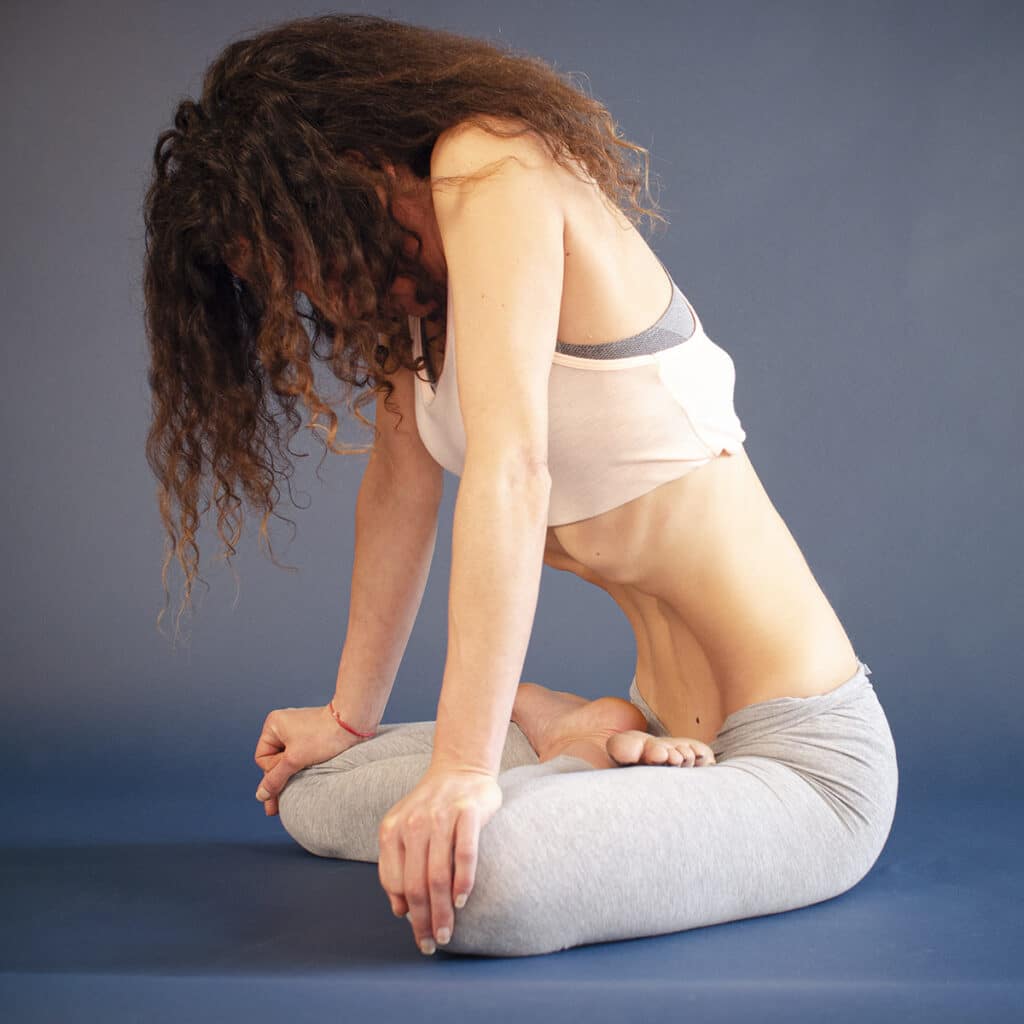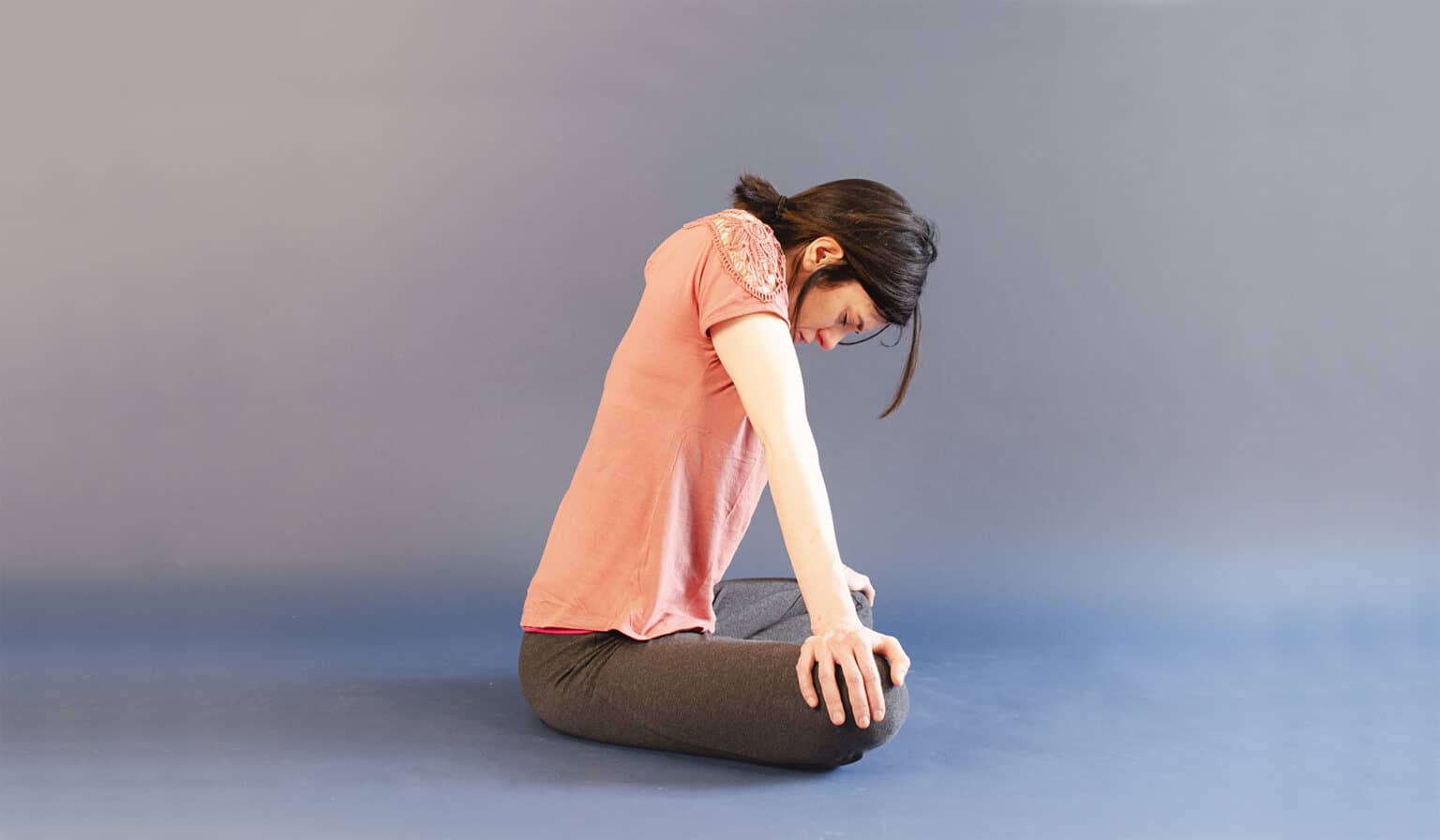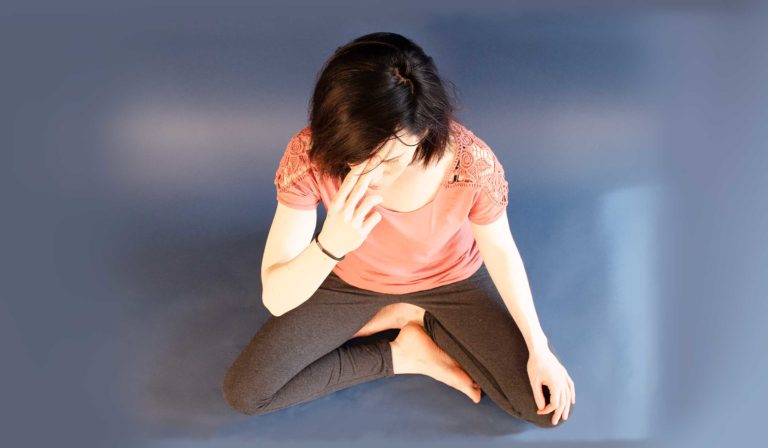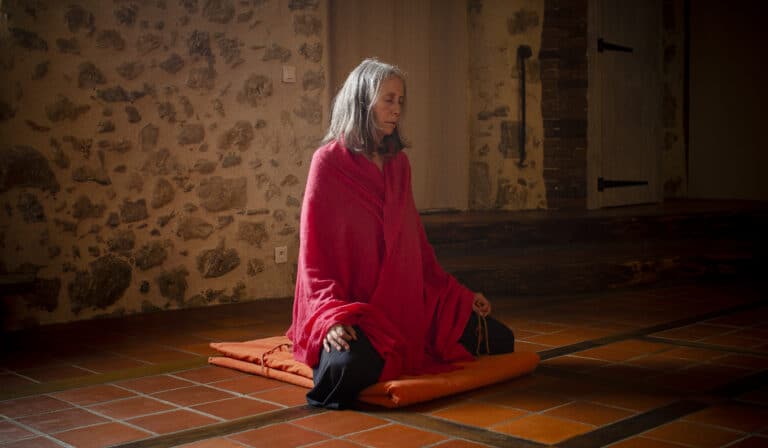Bhastrika and kapalbhati pranayama are two similar yet distinct yogic breathing exercises. However, there is an inconsistency between yoga lineages, both regarding instructions and what to call them. That makes understanding the difference between them pretty tricky. Yet, if you examine these pranayamas in detail, you will see that there is a logic. This post will give you a comprehensive explanation of the three key differences between bhastrika and kapalbhati.
In yoga, names are not consistent
If you have not noticed it yet, yoga poses, pranayama and meditation techniques can have different names in different lineages. That’s unfortunate since it makes understanding yoga more difficult. For example, bhastrika and kapalbhati pranayama are deceivingly similar. But worse is that yoga teachers sometimes use the names interchangeably. No wonder people are confused.
Let’s clear the confusion by breaking down these exercises into their components.
Three components – three differences
There are three steps involved in practicing these pranayamas:
– Forceful rapid breathing
– Breath retention
– Performance of yogic energy locks
How you do each of these components depends on which of the two exercises you want to practice.
Active vs passive in-breath
For bhastrika pranayama, put equal emphasis on the in-breath and out-breath during the initial rapid breathing. Work with your diaphragm so that you are moving your belly much like a bellow. Your rhythm should be fast, around 150 breaths per minute. Though your breathing should be relatively deep, don’t take full breaths since that would slow you down. Instead, use about 70% of the volume of your lungs. Experienced yogis can do up to 100 breaths, while beginners typically start with 20.
To understand this breathing exercise, it helps to hear how it sounds.
In kapalbhati, on the other hand, do the fast breathing differently. Breathe so that only your out-breath is active, and let your in-breath happen passively. That implies two things: you will be using less lung volume, and your breath will be slower, around 60-80 per minute. The slower rhythm is crucial. For you to breathe more quickly, your in-breaths will need to be active, and consequently, you will be doing bhastrika breathing instead.
This is how kapalbhati sounds.
Since the kapalbhati breath is slower, you will do fewer repetitions. I typically recommend 50 breaths for experienced practitioners. Beginners can start with 10 to 20.
There is a reason why you emphasize the out-breath in kapalbhati. It is to expel mucus and impurities from the nasal pharynx. In the medieval texts on yoga, kapalbhati takes a position somewhere between pranayama and a purification process. Gherandha Samhita describes three forms of it. One using air and two more using water to flush the nasal cavity, much like nose cleansing, neti.
External vs internal breath retention
After the breathing phase, it is essential to hold your breath. Unless you do a breath retention, the benefits will be superficial. However, by stopping the breath and relaxing into the retention, you will be able to calm your nervous system tangibly. The good news is that the initial breathing makes the retention a lot more effortless.
In yoga, breath retention is called kumbhaka. One kind is an internal kumbhaka that you do holding your breath with your lungs filled with air. And the other kind is an external kumbhaka that you do holding your breath having first emptied your lungs.
The second difference between bhastrika and kapalbhati is that for bhastrika pranayama, you do an internal breath retention. In kapalbhati, you hold your breath with empty lungs.
Yoga texts such as the Hatha Yoga Pradipika and Gheranda Samhita prescribe breath retention after a rapid breathing phase. However, many contemporary teachers simplify these pranayamas by excluding kumbhaka. I think that is a bad idea. Not only will you not get that relaxation the retention induces, but you might also feel dizzy and lightheaded.
Different locks for bhastrika and kapalbhati
The third essential difference between bhastrika and kapalbhati relates to the energy locks (bandhas) you do during breath retention. For bhastrika, you do the chin lock (jalandhara bandha) and the root lock (mula bandha).
To be able to do these two locks correctly, you must sit in a meditation pose. The easiest option is sukhasana, the easy pose, but siddhasana and padmasana are excellent as well. You do the chin-lock by first leaning forwards on your arms. Keep your arms straight and keep your hands on your knees. Next, push your shoulders upwards and bend your head forwards so that your chin touches your chest.
The reason for doing the chin-lock is that it is a comfortable position to hold your breath in. In addition, bending your head forwards activates receptors in the throat that slows down your heartbeat.
The root lock consists of the contraction of the anus, the perineum and the sexual organs. Its purpose is to direct subtle energy, prana, upwards.

For kapalbhati, you do the chin and the root-lock as well. However, you add a third one, uddiyana bandha, the abdominal lock. Including uddiyana bandha in kapalbhati and not bhastrika is logical since uddiyana bandha is only possible during external retention. To do uddiyana, draw your belly upwards into the thoracic cage and backwards towards your spine.
When to practice bhastrika and kapalbhati
As you can see, these two breathing exercises are similar in several ways. When you plan the order of your pranayama session, they both belong right at the beginning as a first practice. Typically you would choose one or the other and repeat it three to five times. By doing these pranayamas first, you will be able to benefit more from subtler pranayama practices afterwards.
Both bhastrika and kapalbhati deserve a place in your pranayama repertoire. It is a good idea to alternate between them. For example, every second session, you could do one, and the next session, you do the other. However, kapalbhati is more challenging due to the external retention and the abdominal lock. Hence I suggest you take it up only once you have become comfortable with bhastrika.
Key takeaways
There are three essential differences between bhastrika and kapalbhati pranayama:
- Bhastrika has active in- and out-breath, while for kapalbhati, you will exhale actively and let the in-breath come by itself.
- Breath retention in bhastrika is with full lungs, while for kapalbhati, you do it with your lungs empty.
- For bhastrika, you hold your breath with the chin-lock and the root-lock. For kapalbhati, you include the abdominal lock as well.




